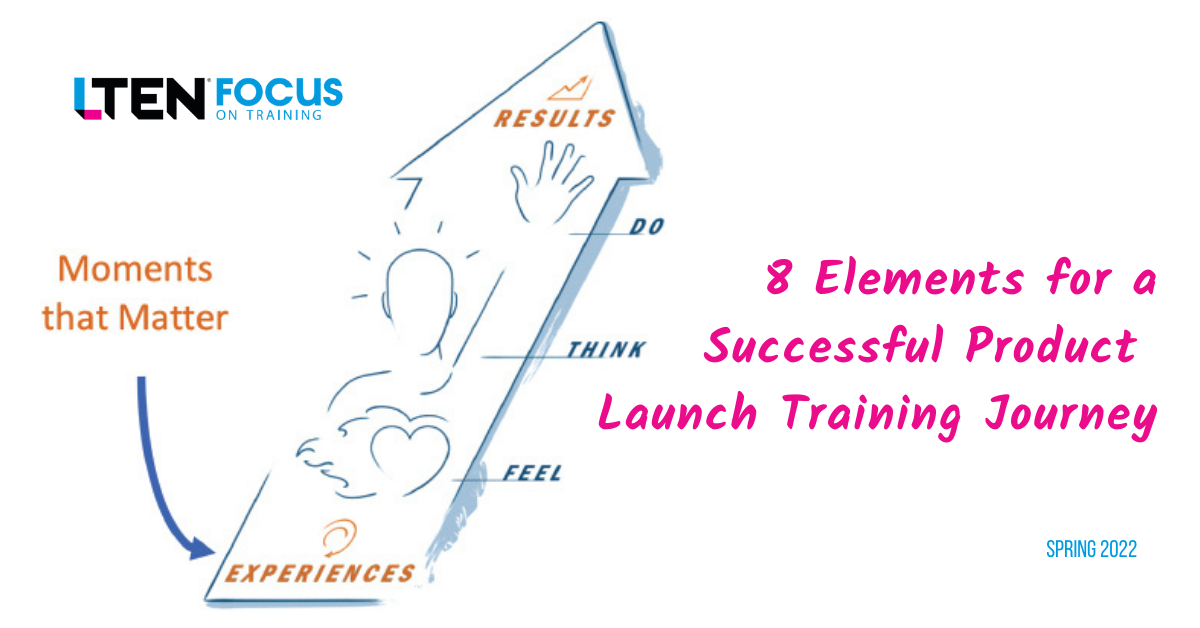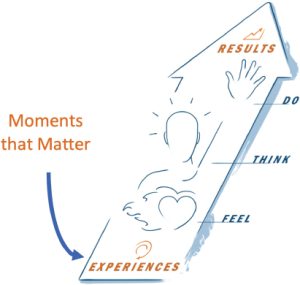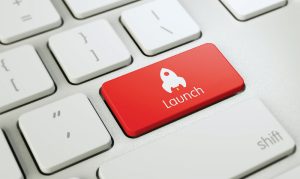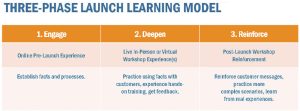
8 Elements for a Successful Product Launch Training Journey
Feature Story – by Leanne Batchelder
Successful product launches inspire the hearts and minds of your teams
 Knowing that your product makes a meaningful difference in the lives of patients, healthcare providers and administrators makes the hard work of planning and executing your product launch journey worth every working session, review and revision. Done right, it will be an experience that your learners won’t forget and will ensure that your sales and marketing teams can confidently and competently sell your products in the marketplace.
Knowing that your product makes a meaningful difference in the lives of patients, healthcare providers and administrators makes the hard work of planning and executing your product launch journey worth every working session, review and revision. Done right, it will be an experience that your learners won’t forget and will ensure that your sales and marketing teams can confidently and competently sell your products in the marketplace.
Successful product launches motivate and prepare your sales and marketing teams and require purposeful and creative planning. Product training is the critical success factor for any launch – and experience shows that a holistic approach to training will foster significantly better results. To boost effectiveness, think of product training as a learning journey, rather than an event.
 When it comes to preparing your organization for a product launch, identifying what you want your various learner audiences to do (or avoid doing) back on the job should not be difficult. Yet, to influence behavior (the “do”), you need to first influence what your sales reps and marketing teams think and feel about the new product and boost their own personal capabilities in selling it.
When it comes to preparing your organization for a product launch, identifying what you want your various learner audiences to do (or avoid doing) back on the job should not be difficult. Yet, to influence behavior (the “do”), you need to first influence what your sales reps and marketing teams think and feel about the new product and boost their own personal capabilities in selling it.
Consider the following eight critical elements when planning your next launch training program.
1. Define a vision.
If you want to keep the learning journey grounded and aligned to business outcomes, start by defining what success looks like with your key stakeholders. Take a moment to consider: How will we know if the product launch is a success? What will be different? What impacts will this launch have on the business and our customers? What metrics will we use to measure success?
2. Conduct an audience analysis.
Thoughts, feelings and behaviors are shaped through the experiences we have — which means we can influence behavior change by creating thoughtful, relevant experiences for our learners. To do this, we must get to know our learner segment(s) and consider their daily activities, motivations and challenges. Empathy mapping and creating realistic learner personas help us narrow our focus to moments that matter to our learners and ensures the learning experiences we create are learner-centric, not content centric.
 3. Identify instructional goals.
3. Identify instructional goals.
You identified your vision for a successful product launch and created true business outcomes in step 1. Now, it’s time to identify the goal(s) for the launch learning journey. Be specific about the instructional goals and mindful of how they connect back to your organization’s desired business outcomes. Take a moment to consider: How will we know the launch learning experience was a success? What will be different? What metrics will we use to measure the success of the learning?
4. Determine learning objectives.
To achieve your instructional goal(s), reflect on what your learners must know, do and believe as a result of the training. Finish this sentence: “After completing the product launch learning journey, sales reps will be able to…” The “knows, dos and belief” statements become the learning objectives that will help you assess whether your launch learning journey was successful. They will also help you stay focused on what truly matters when building out the content needed for the learning. If content doesn’t support the learning objectives, it should not be included.
5. Organize by topics & categories.
Your learning objectives will naturally align to common topical areas or categories (for example, product knowledge, disease state, customer focus, competitor claims and information, and objections or barriers, just to name a few). Organize your learning objectives from step 4 into logical topics or categories and decide if there is a natural order to the topics and to the objectives within each topic. For example: Do your sales reps need to know the product information before practicing customer conversations, and/or do they need to recognize potential competitor claims before tackling objection handling?
6. Design the experience.
Consider designing the experience using a three-phased approach. Engage the learners by building their foundational knowledge of the product you’re launching. This is typically online, independent learning. Deepen their knowledge and build skill by giving them opportunities to practice, make mistakes, win and receive peer feedback. Live, in-person or virtual collaborative workshops are best here. Finally, reinforce their newfound knowledge and skill on an ongoing basis, which increases their confidence and improves retention overall.
7. Map solution tactics & techniques.
For each phase in the launch learning journey, consider what learning tactics you’ll need to maximize learner engagement and knowledge/skill retention. Leverage storytelling, create emotional connections, balance the cognitive load (minimize the “tell”), consider spacing and “chunking” the learning, and build in practice opportunities along with specific, timely feedback. Mixing it up ensures your learners will actively be engaged in their learning as well.
8. Localize the content.
Optimizing a global product launch learning journey for localization must start at the very beginning of your planning. Here are best practices to consider:
- Design a “plug and play” approach with a foundational framework plus examples, scenarios and specific activities to be replaced or developed at the local level.
- Consider wireframing activities for in-person workshops or webinars and templates for elearning courses that can be reskinned locally, so the look and feel is contextual and relevant to that region.
- Provide scenario-building worksheets or workshops by region to capture location-specific content.
- Create sets of regionally accurate scenarios and content that can be
included in the foundational framework, as needed.
- Create and engage regional and/or affiliate champions as you design and develop the journey.
- Invite regional representatives to contribute to the design of the initial program and include those same representatives in the pilot of the program.
- Ask regional representatives to help user-test any online learning courses or tools.
- Create a champions program that trains the regional representatives on the program and gives them tools post-launch to be successful in their regions as the program rolls out and they build buy-in at the country level.
- Check in with champions post-launch to answer questions, offer support and maintain buy-in.
- Include localization standards as part of your launch’s style or formatting guide. Examples of standards include:
- Avoid lengthy course, module and screen or activity titles.
- Avoid regional slang and colloquialisms.
- Avoid contractions.
- Ensure text is not embedded into images.
- Include closed captions for any audio-driven experience (e.g., narrated video animations).
- Avoid audio-driven software simulations; use on-screen text directions and prompts instead.
- Include a mix of photos, scenarios and characters that are ethnically and geographically diverse.
Conclusion
While each of these steps requires much deeper evaluation and consideration, we hope these best practices help you envision a product launch learning journey that taps into the potential of your people and enables them to drive the business outcomes tied to your launch.
Leanne Batchelder is a client partner and life sciences specialist at TiER1 Performance. She can be reached at l.batchelder@tier1performance.com.









